A 48V 15Ah fat tire ebike offers an excellent balance of power, range, and terrain versatility, making it ideal for riders seeking extended rides on diverse surfaces like sand, snow, and rough trails. Its high-capacity battery delivers longer distances per charge, while fat tires provide superior traction and stability, ensuring comfort and control in all conditions. What terrains can these off-road eBikes handle?
How Does a 48V 15Ah Battery Enhance Fat Tire Ebike Performance?
A 48V 15Ah battery packs around 720 watt-hours of energy, enabling ride ranges typically between 40 to 60 miles depending on terrain and rider input. This voltage level improves energy efficiency by reducing current draw, which extends battery life and supports consistent power delivery to the motor. The higher voltage also allows for stronger torque, essential for fat tire ebikes that face increased rolling resistance.
Chart: Battery Voltage and Capacity Impact on Range
| Voltage (V) | Capacity (Ah) | Watt-hours (Wh) | Estimated Range (Miles) |
|---|---|---|---|
| 36V | 10Ah | 360 Wh | 20-30 |
| 48V | 10Ah | 480 Wh | 30-40 |
| 48V | 15Ah | 720 Wh | 40-60 |
What Advantages Do Fat Tires Bring to a 48V 15Ah Ebike?
Fat tires, usually 4 inches or wider, increase the contact patch with the ground, providing enhanced grip and stability on loose or uneven surfaces such as sand, snow, and gravel. Their large air volume acts as natural suspension, absorbing shocks and smoothing out rough terrain. This reduces rider fatigue and increases confidence, especially on challenging trails or poor road conditions.
Why Is a 48V 15Ah Fat Tire Ebike Suitable for Various Terrains?
The combination of a powerful 48V 15Ah battery and fat tires enables reliable performance across diverse environments. Whether navigating urban potholes, sandy beaches, snowy paths, or rocky trails, this ebike setup delivers consistent power and traction. Riders can enjoy seamless transitions between terrains without switching bikes, making it versatile for commuting and adventure.
How Does a 48V 15Ah Battery Affect Commuting and Long-Distance Riding?
The 15Ah capacity supports longer rides, reducing the frequency of recharging and extending daily commute ranges. It handles stop-and-go traffic and hill climbs efficiently, maintaining voltage stability where smaller batteries might drop. This capacity also supports higher pedal assist levels, reducing rider effort on longer or more strenuous rides.
Chart: Commute Distance vs Charging Frequency for Different Battery Sizes
| Commute Distance (Miles) | 36V 10Ah Charging | 48V 10Ah Charging | 48V 15Ah Charging |
|---|---|---|---|
| 10 | Every 2 days | Every 2 days | Every 3-4 days |
| 20 | Daily | Every 1-2 days | Every 2 days |
| 30 | Daily | Daily | Every 2 days |
What Maintenance Is Needed for a 48V 15Ah Fat Tire Ebike?
Maintaining proper tire pressure (typically 8-12 PSI) optimizes traction and range. Battery care includes avoiding full discharges, storing at moderate temperatures, and regular charging cycles to preserve capacity. Fat tires may require sealant replenishment to prevent flats. Routine checks of brakes, drivetrain, and electrical connections ensure reliable performance.
Buying Tips
When buying a 48V 15Ah fat tire ebike, consider:
- Battery Quality: Choose lithium-ion batteries with built-in management systems for safety and longevity.
- Tire Size: Select 26-inch fat tires for rugged terrain or 27-inch for mixed commuting and trail use.
- Motor Power: A motor between 750W and 1000W complements the battery for balanced power.
- Frame and Suspension: Durable frames with front suspension improve comfort and control.
- Brand Reputation: Opt for trusted brands like TST EBike with strong quality control and support.
- Range Needs: Match battery capacity to your typical ride distance to avoid frequent recharging.
These points help ensure a reliable, powerful, and versatile fat tire ebike.
TST EBike Expert Views
“TST EBike’s 48V 15Ah fat tire models are engineered for riders who demand extended range and all-terrain capability. Their 26-inch and 27-inch tire options provide stability and comfort, while the robust battery and motor systems deliver consistent power. By focusing on quality control and customer feedback, TST EBike offers dependable, high-performance electric bikes suited for both adventure and daily commuting.” — TST EBike Product Specialist
Frequently Asked Questions
Q: How far can a 48V 15Ah fat tire ebike typically travel?
A: It can cover 40 to 60 miles per charge, depending on terrain, rider weight, and assist level.
Q: Do fat tires reduce the ebike’s range?
A: Fat tires increase rolling resistance slightly, but the 15Ah battery compensates with higher capacity.
Q: Is a 48V 15Ah battery suitable for daily commuting?
A: Yes, it supports longer commutes with fewer charges compared to smaller batteries.
Q: How often should I maintain the battery and tires?
A: Regular tire pressure checks and avoiding deep battery discharges help maintain performance.
Q: Can a 48V 15Ah fat tire ebike handle rough terrain?
A: Absolutely, the combination of fat tires and a powerful battery supports diverse and challenging surfaces.

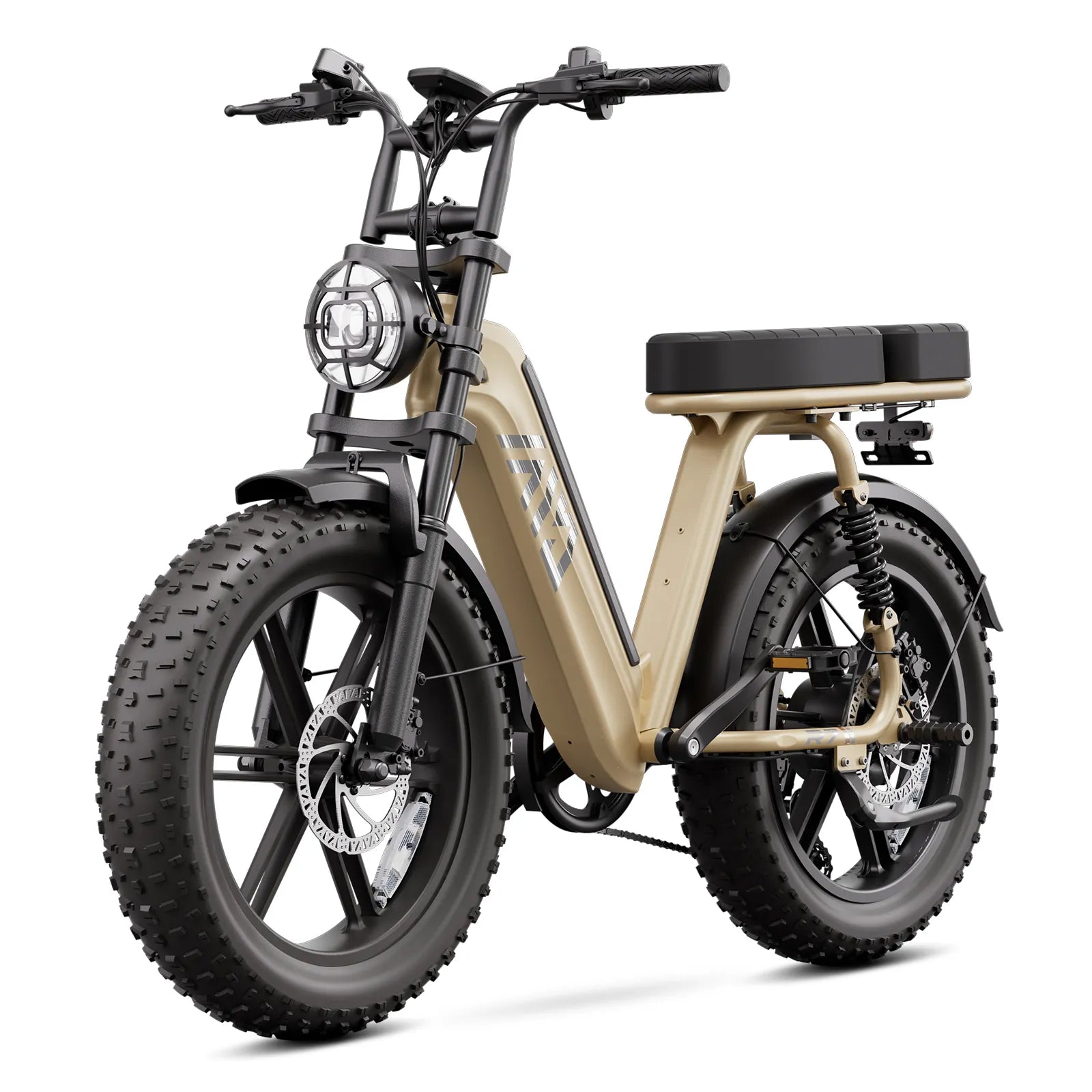
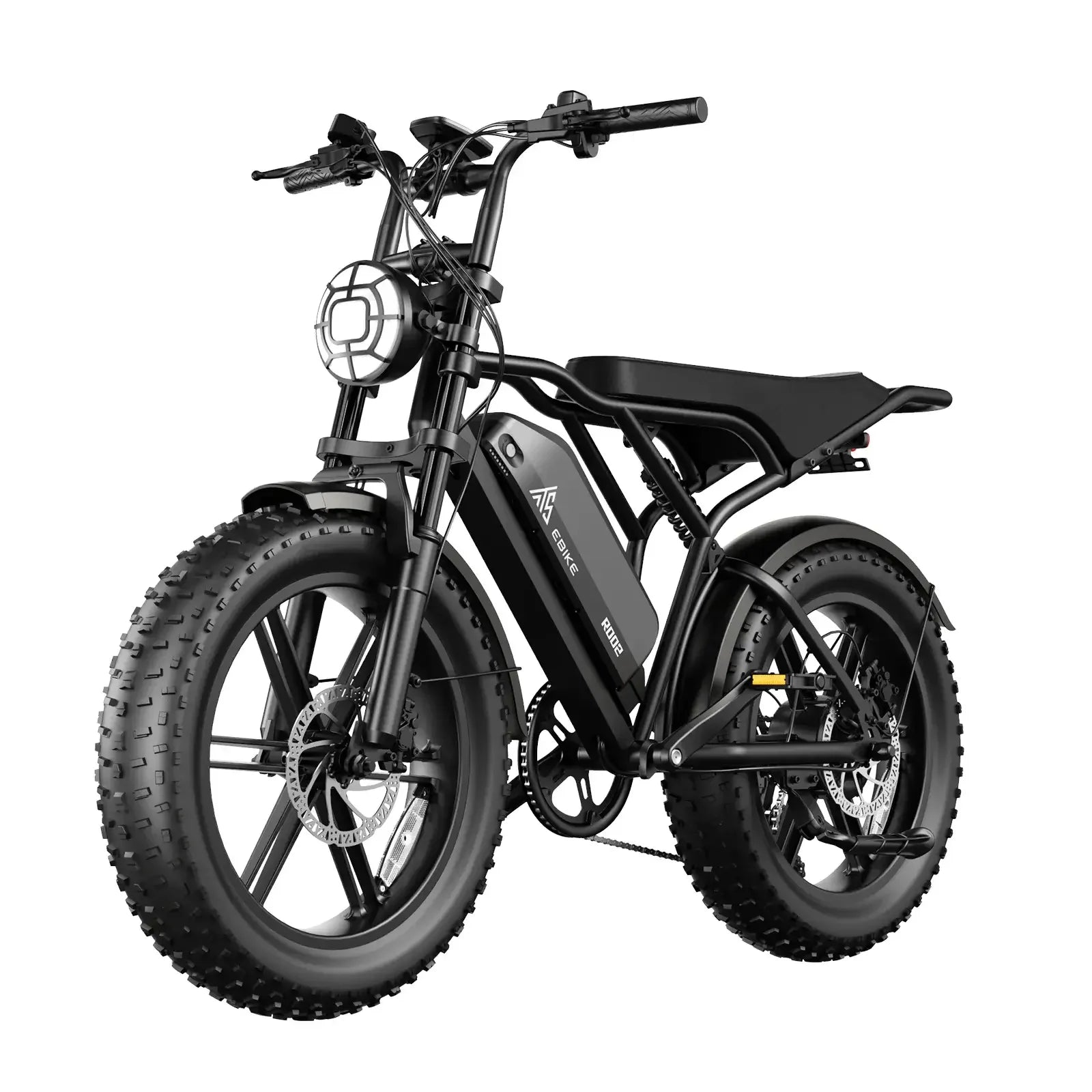

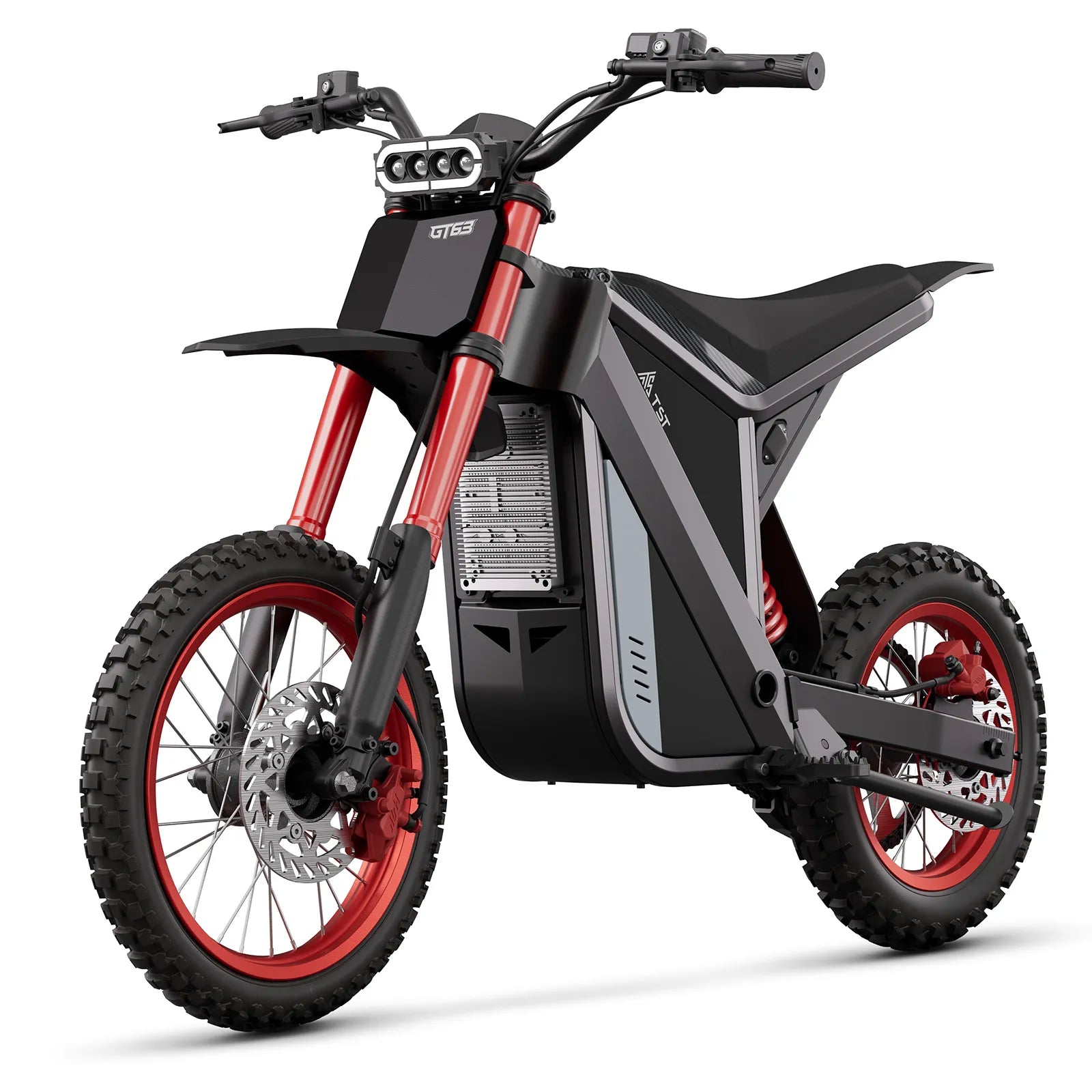
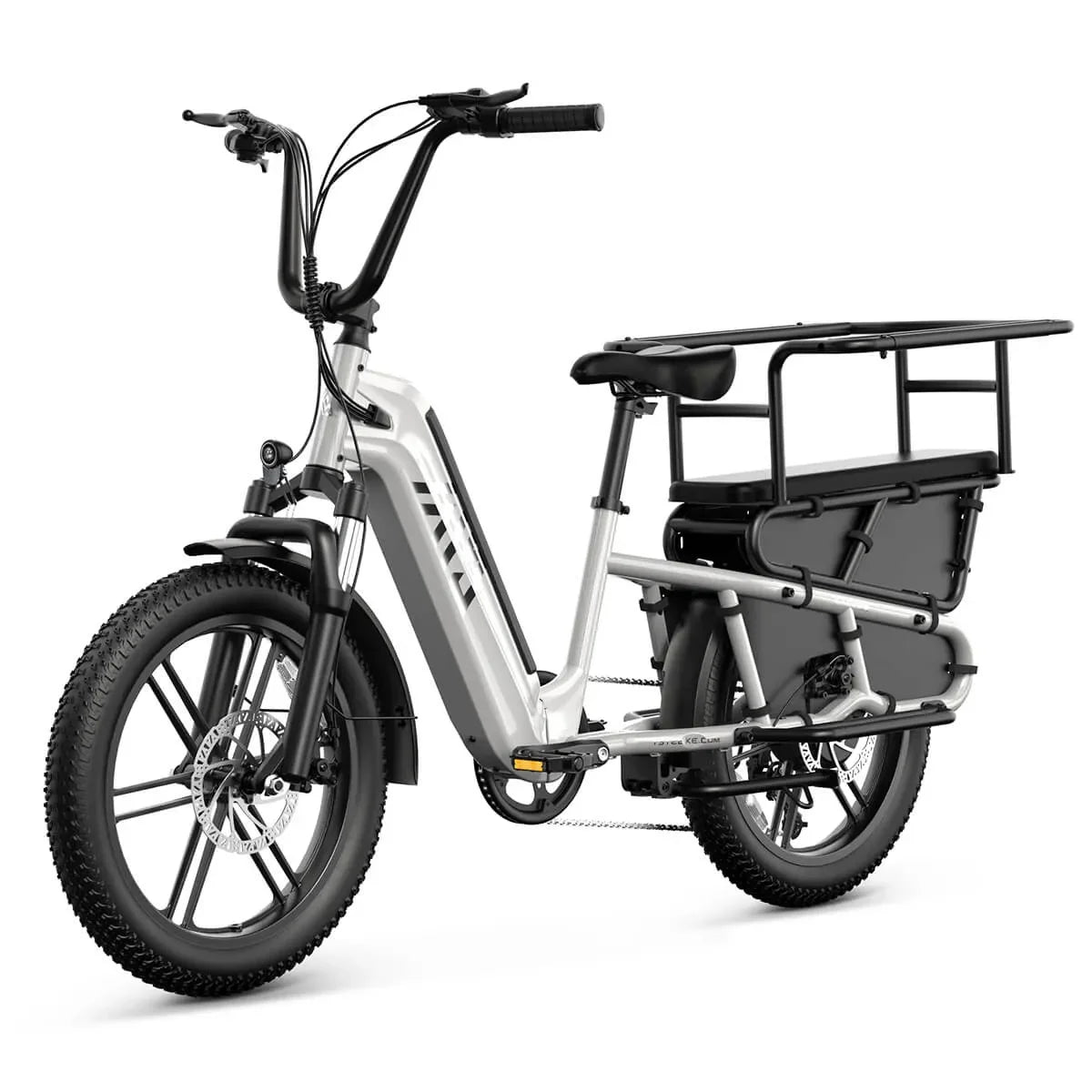
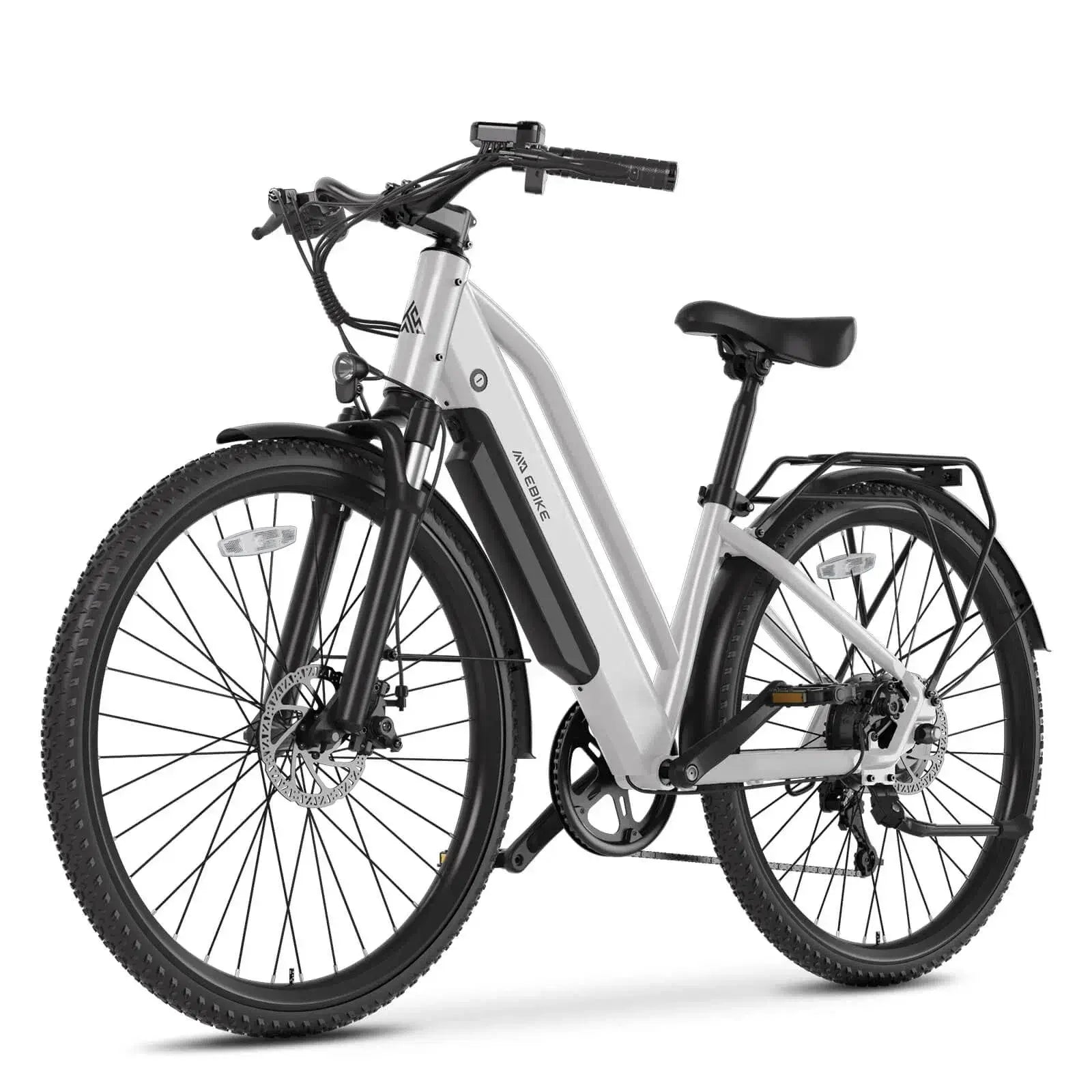
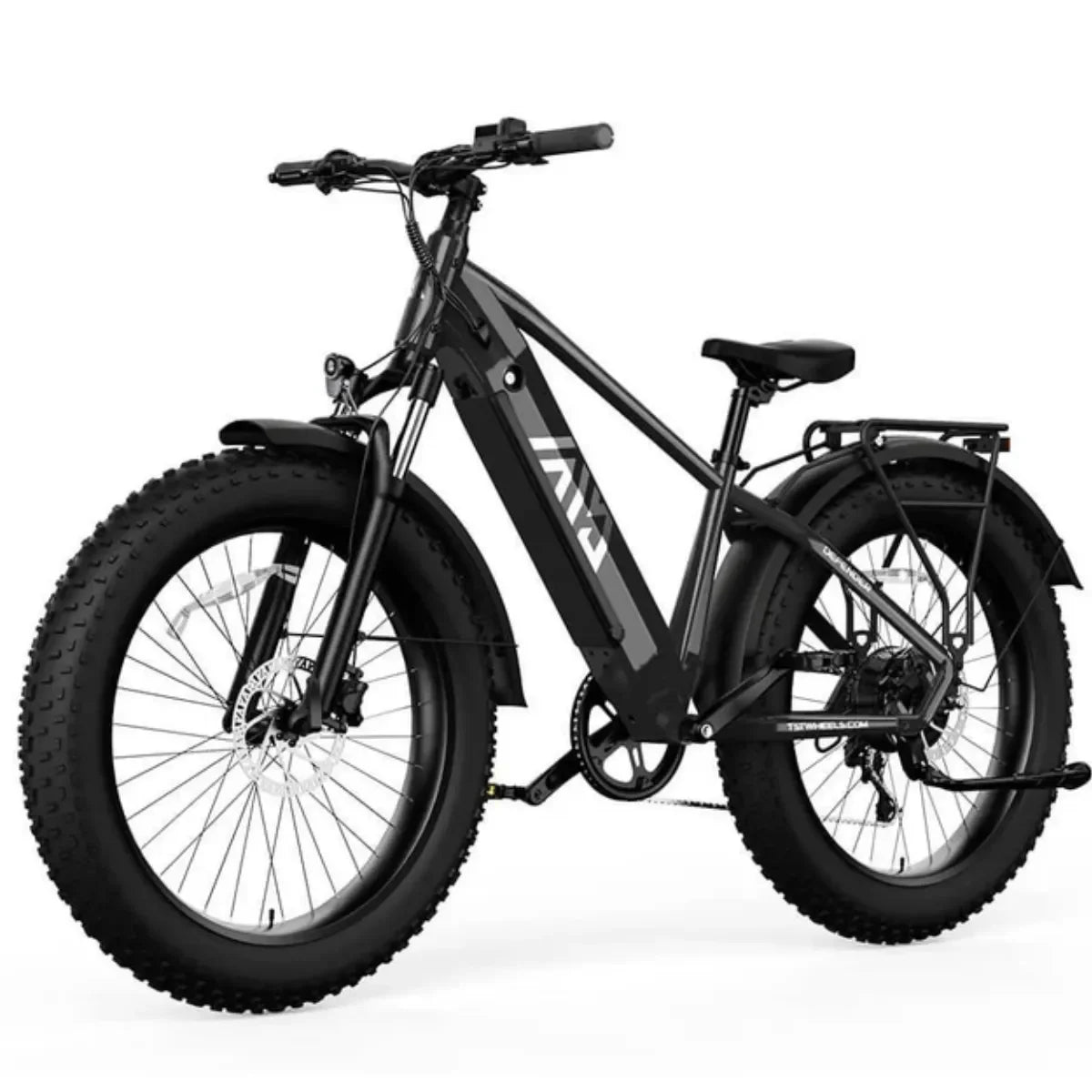
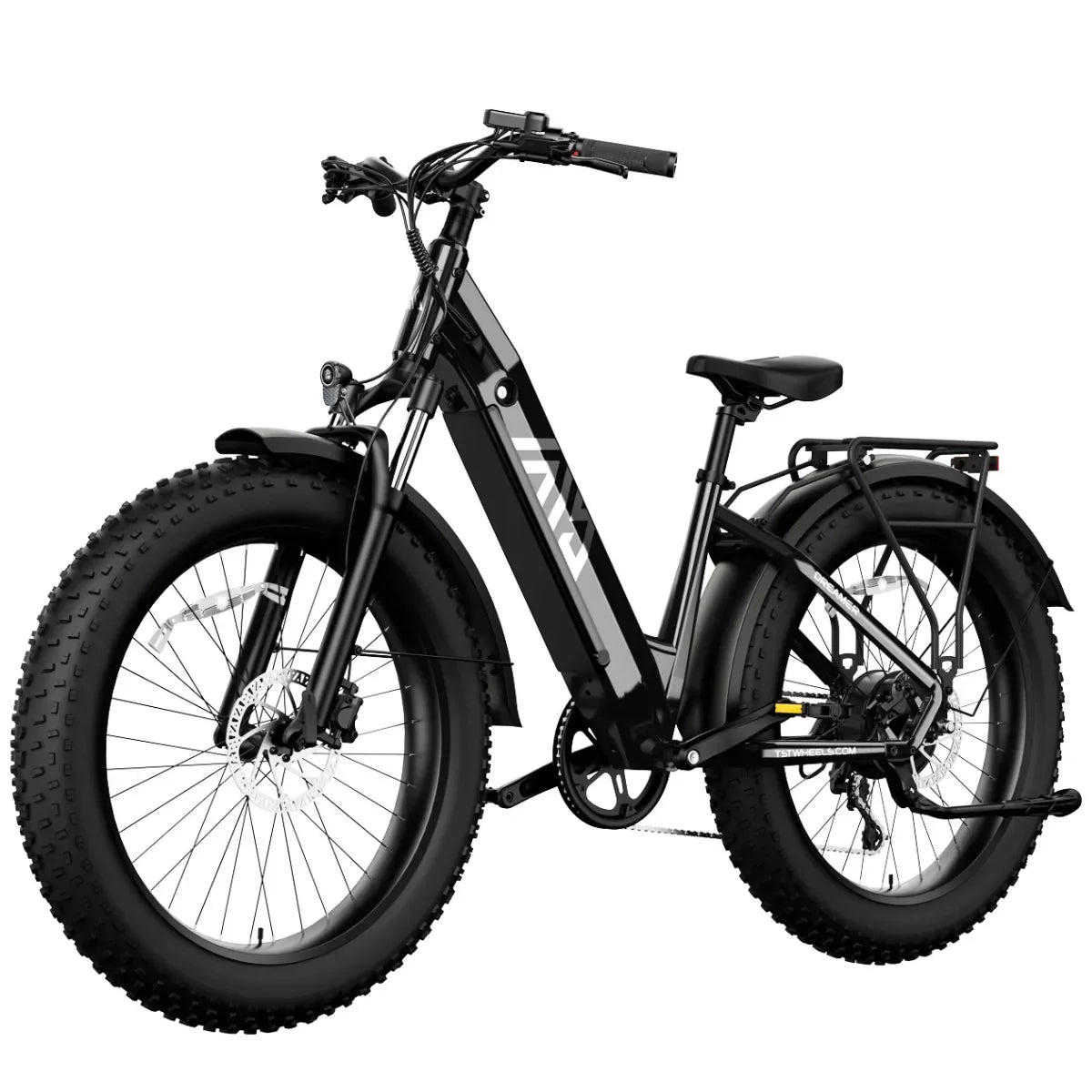

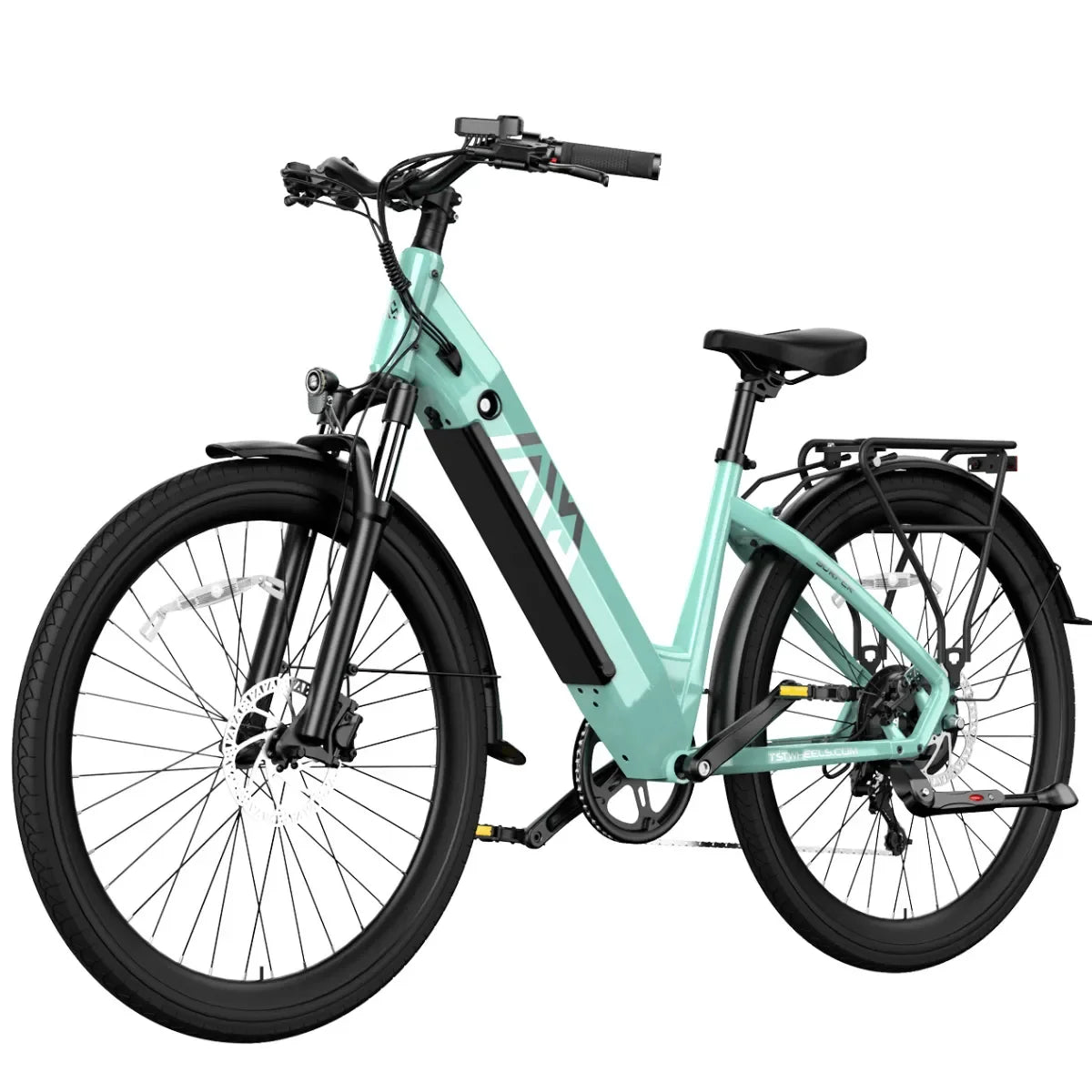
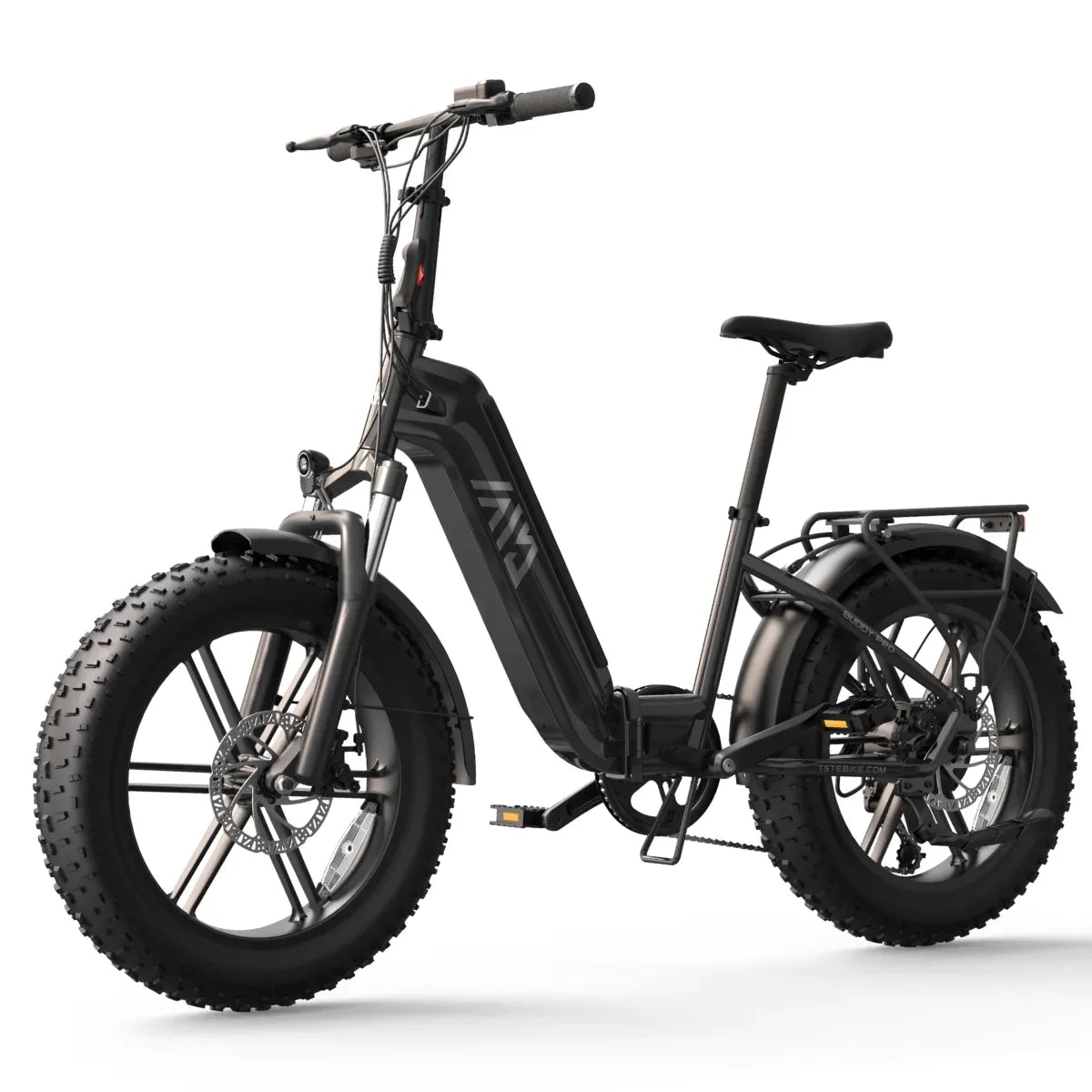
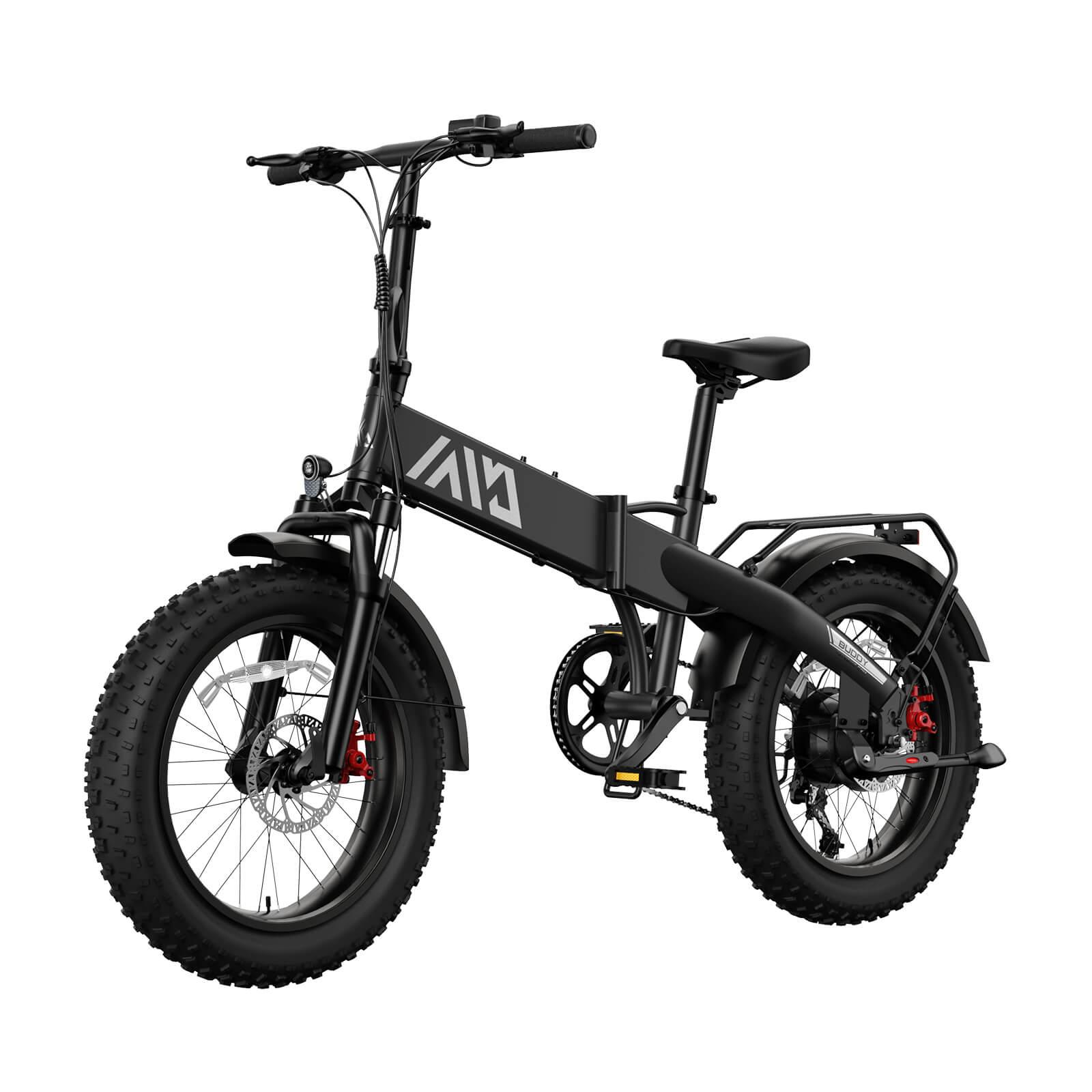


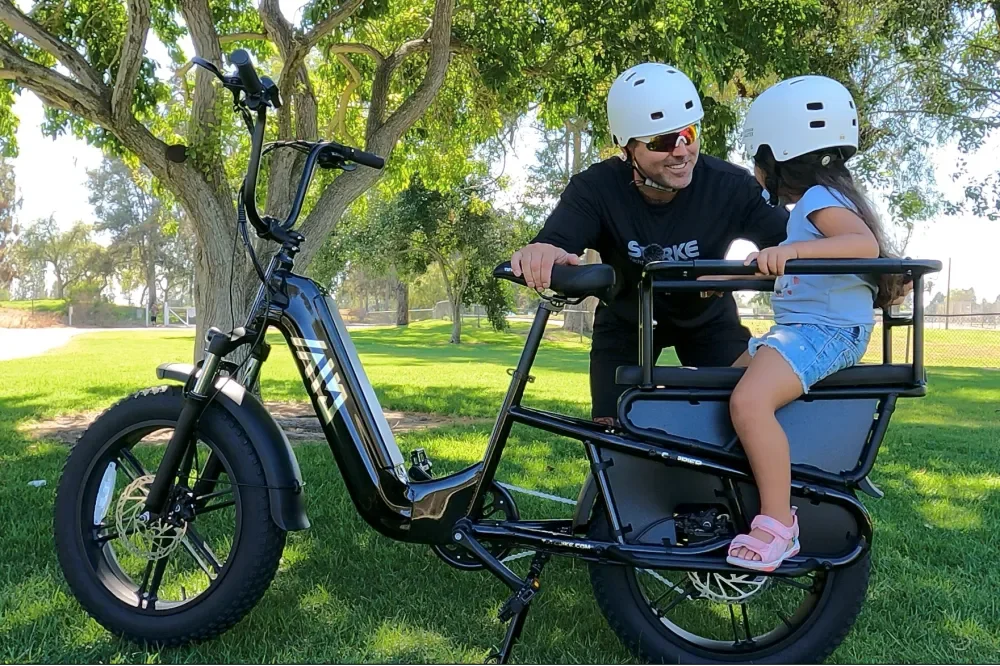


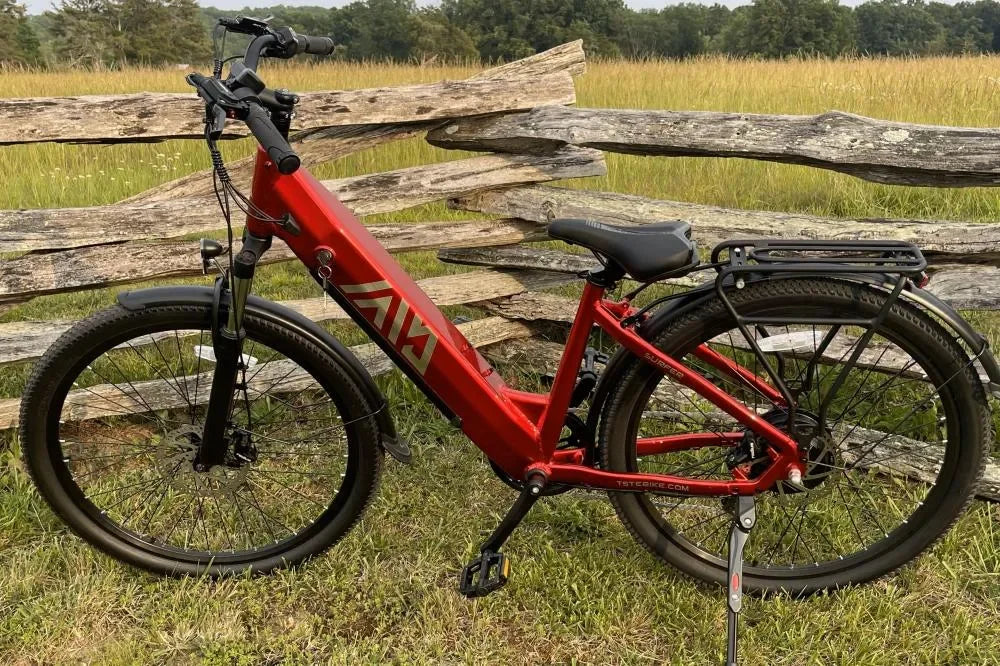
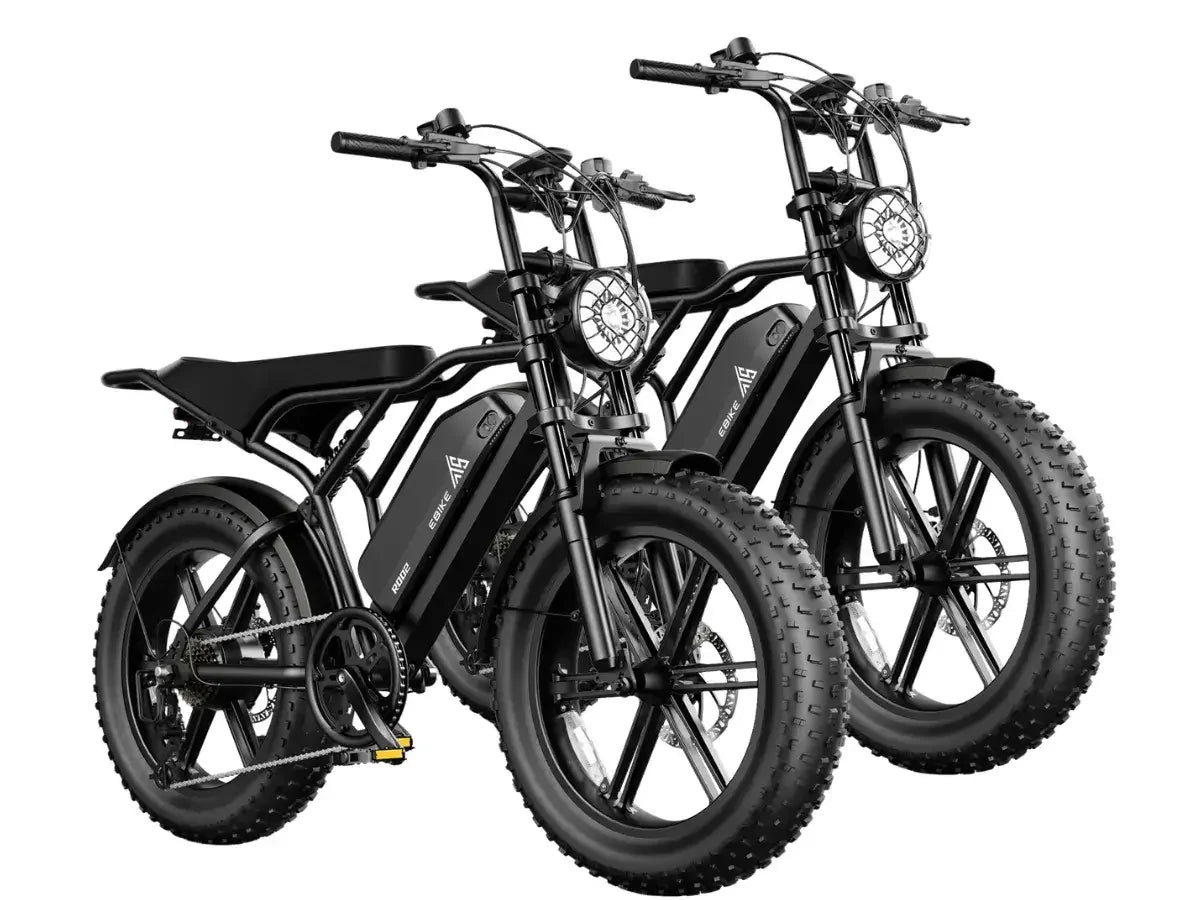
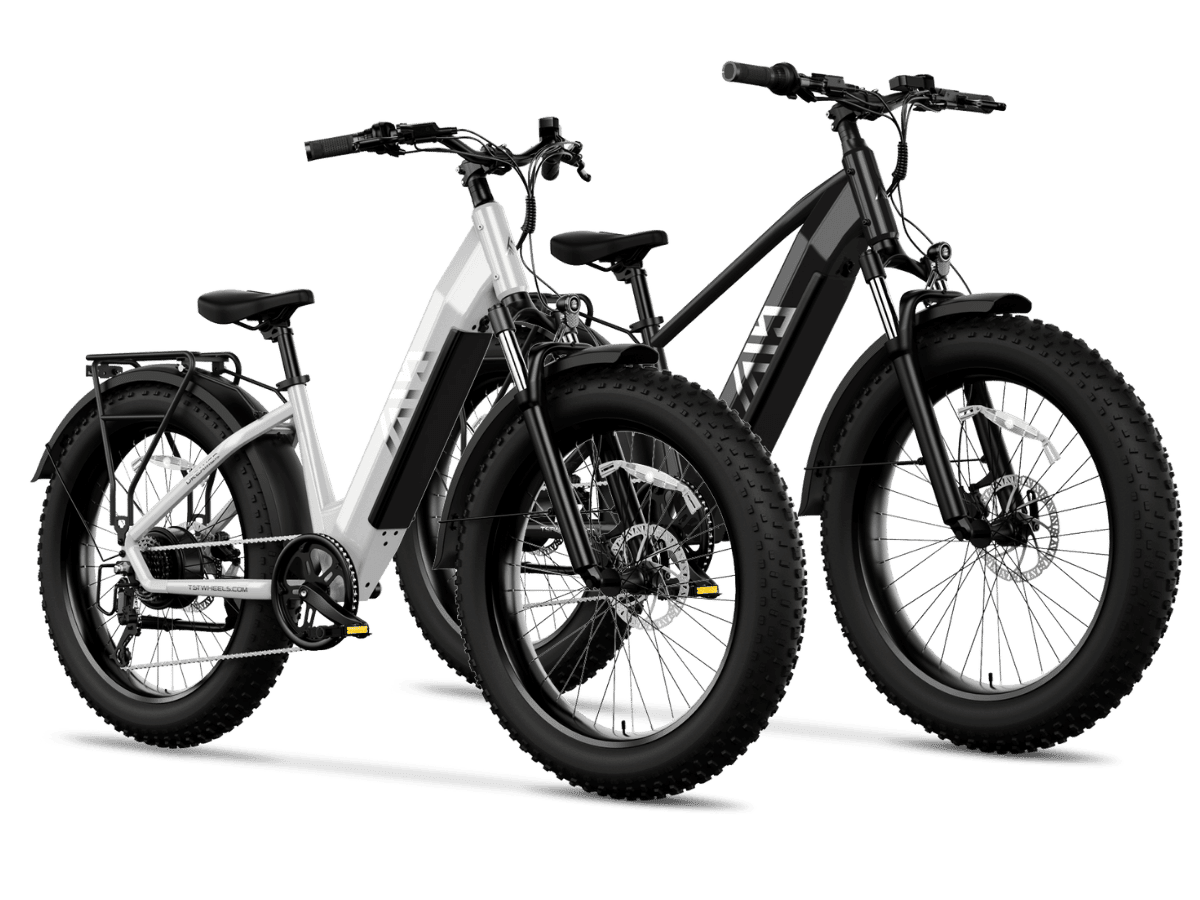
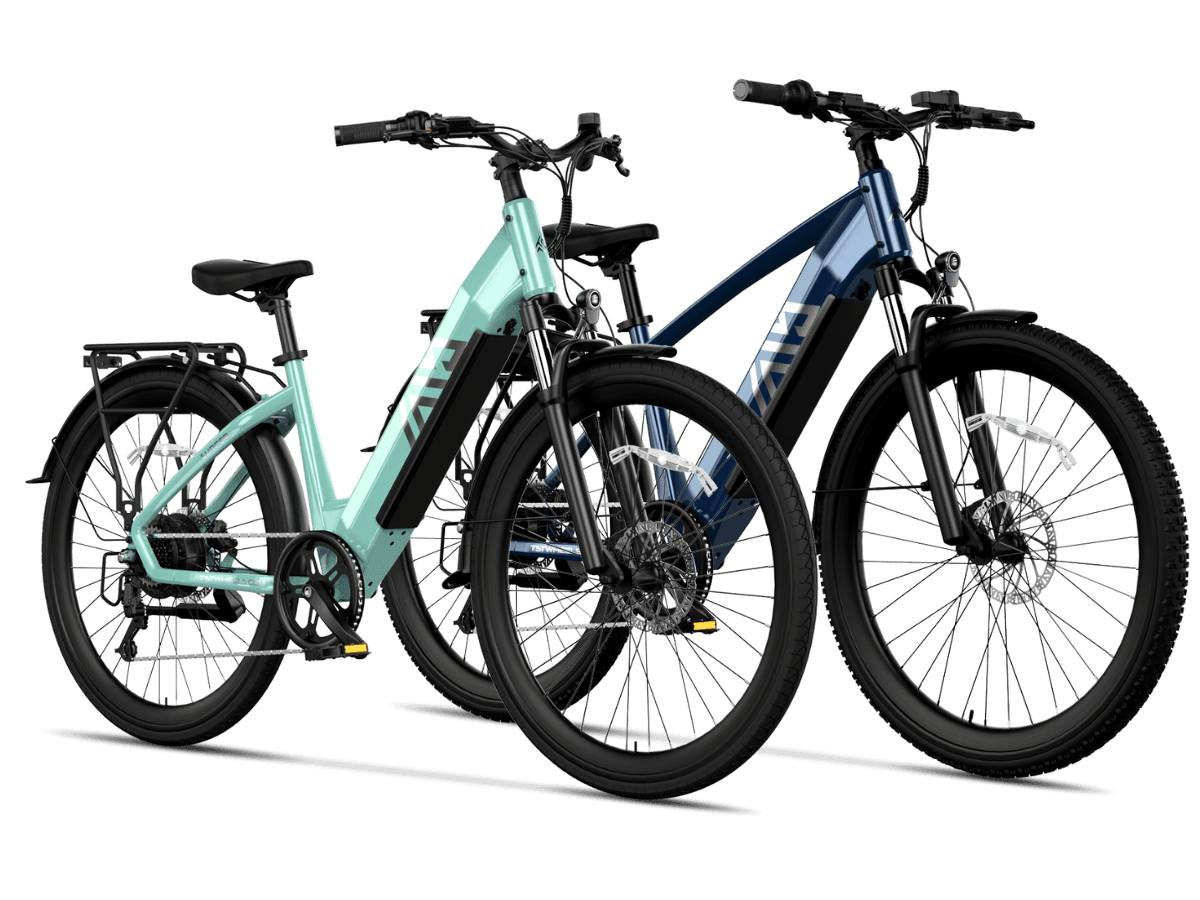
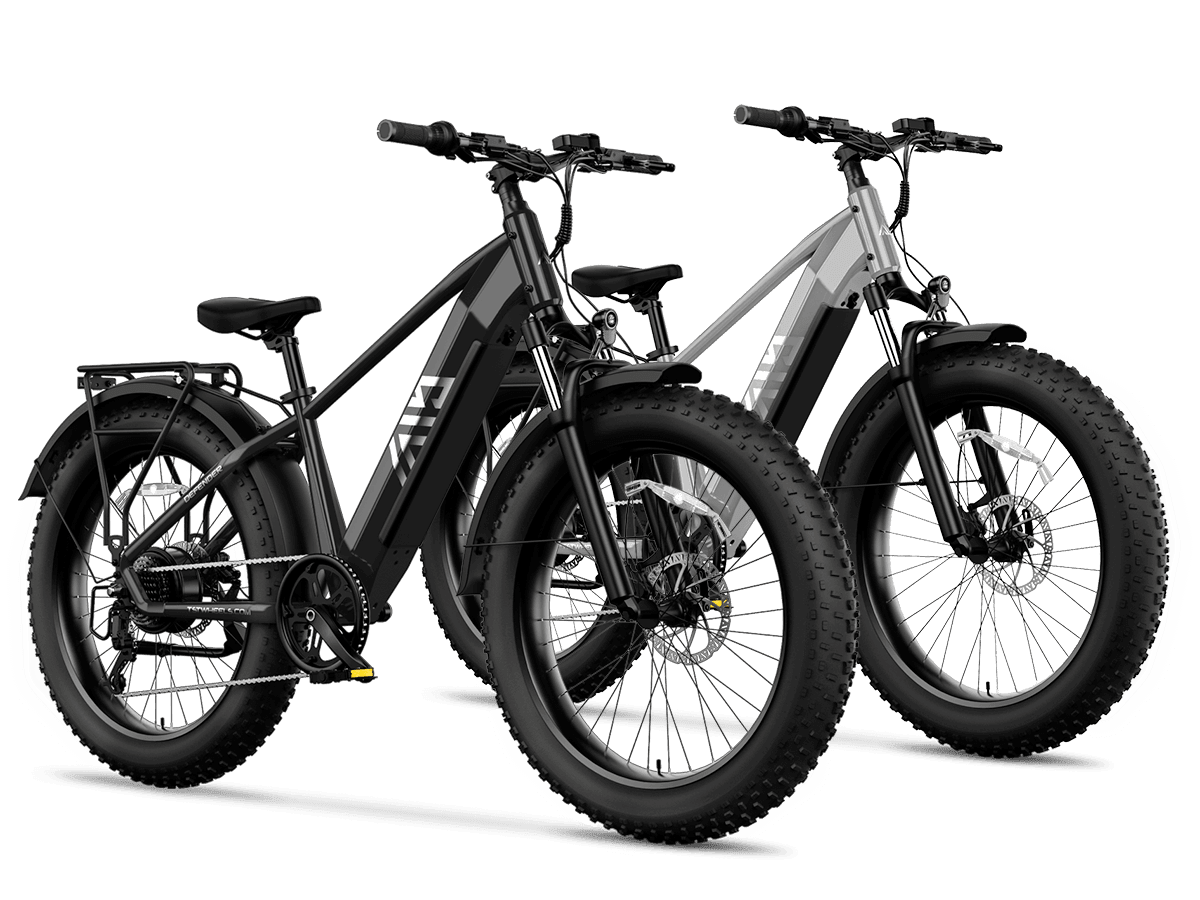
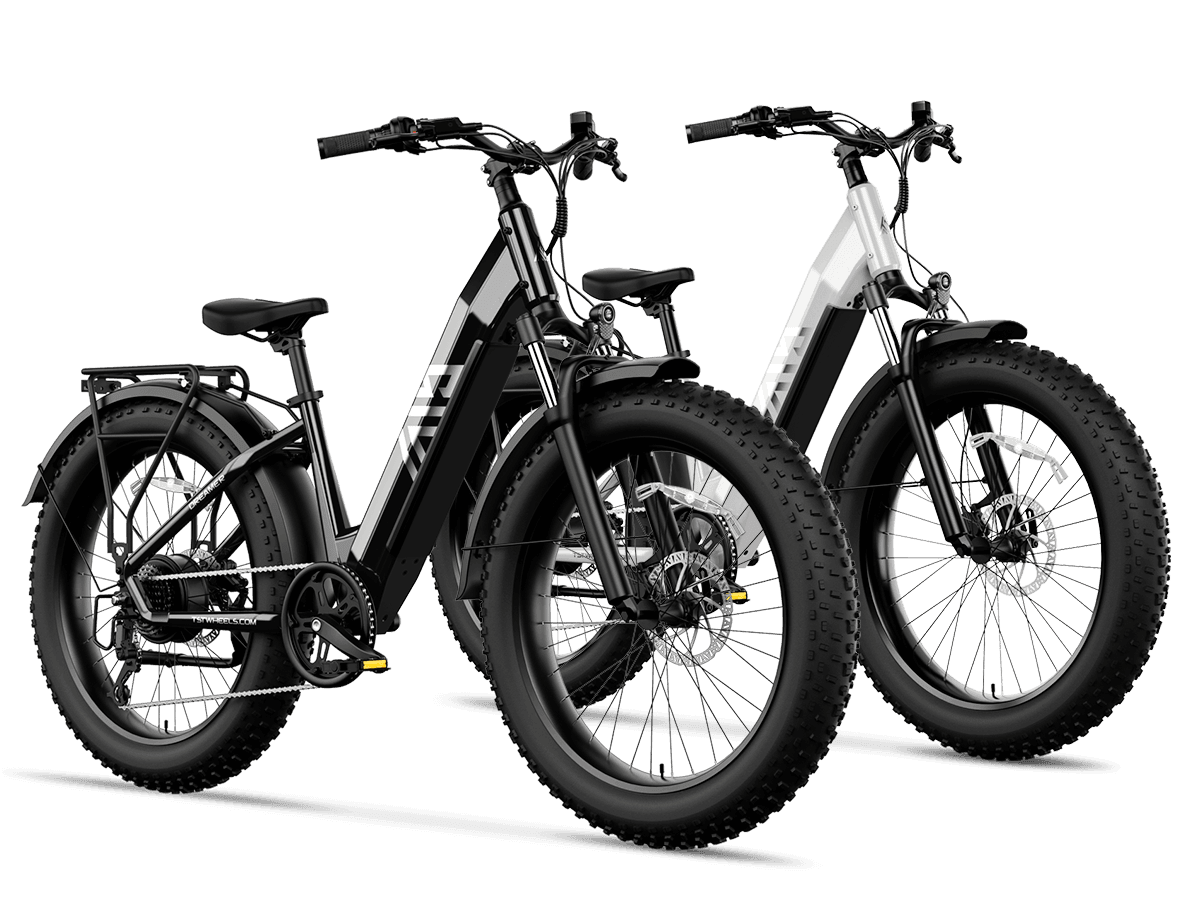
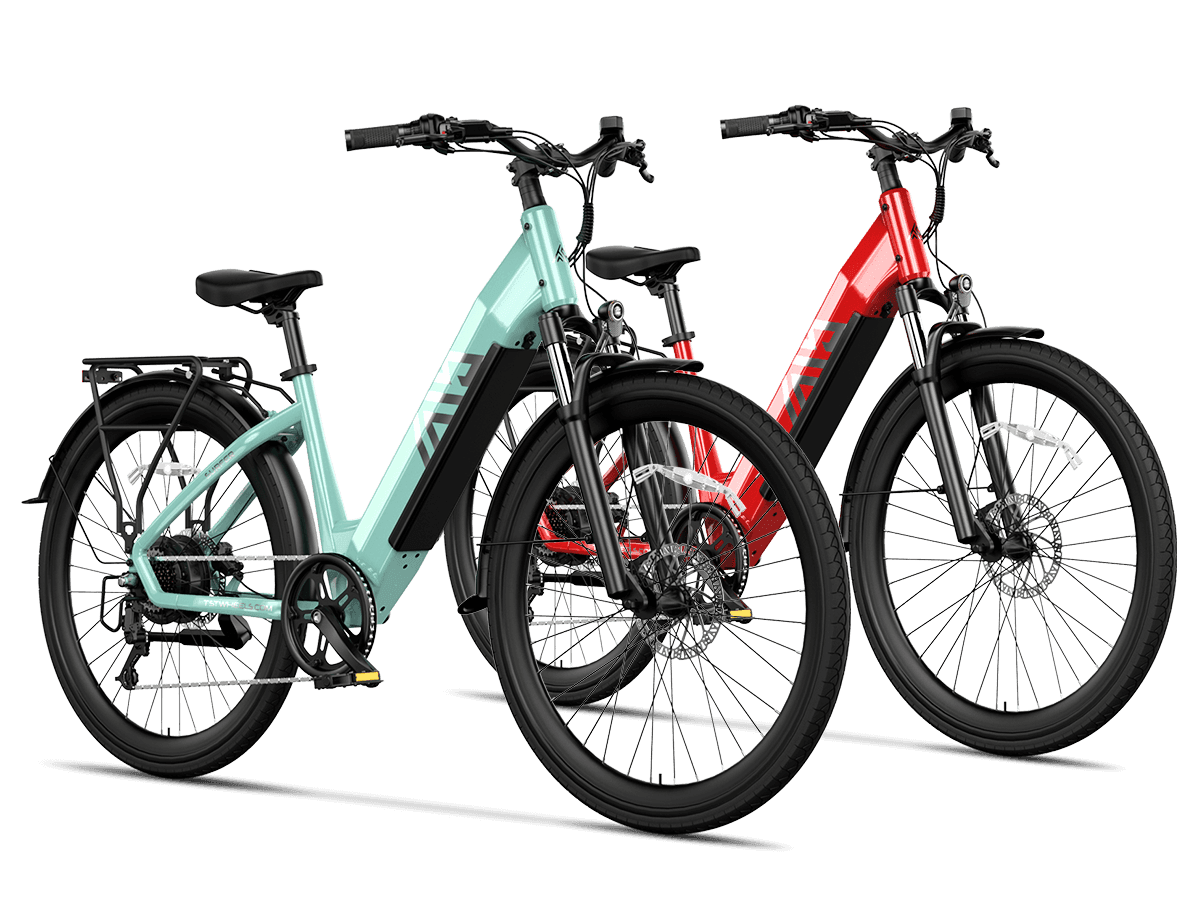
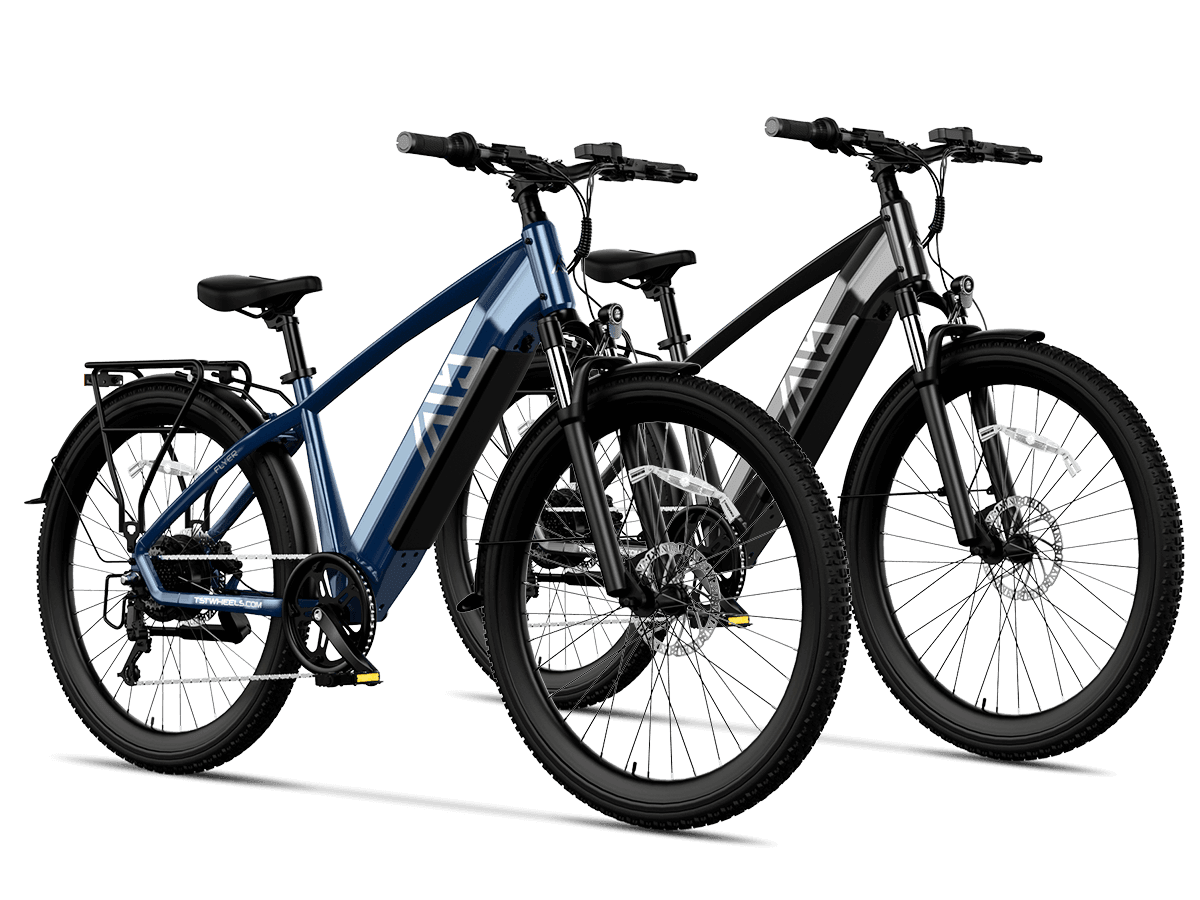


Leave a comment
This site is protected by hCaptcha and the hCaptcha Privacy Policy and Terms of Service apply.